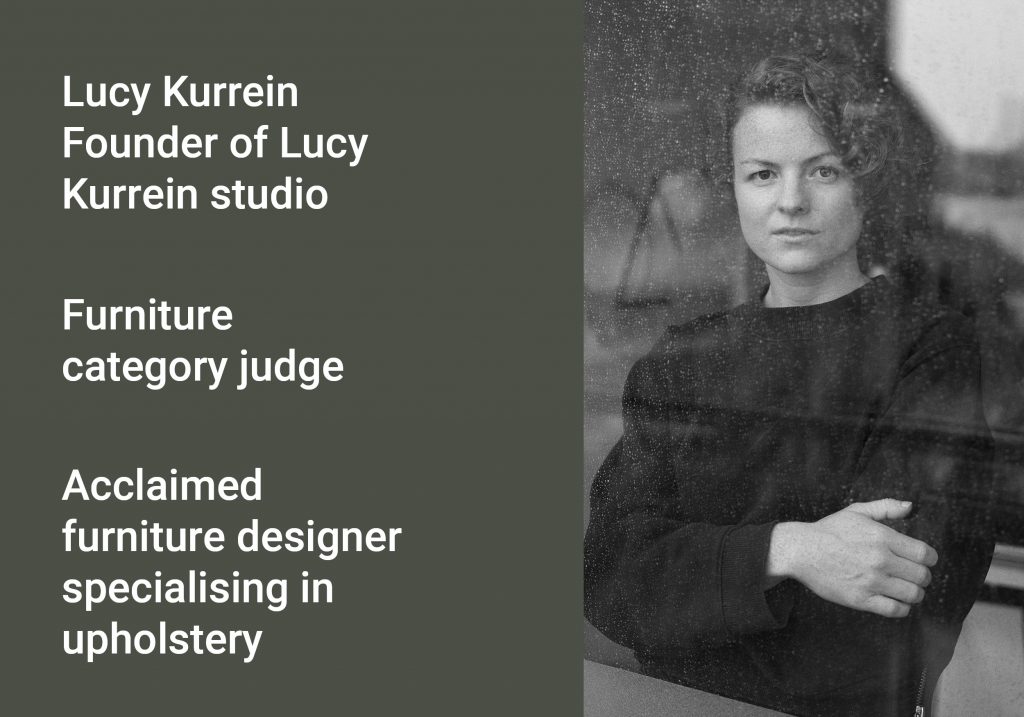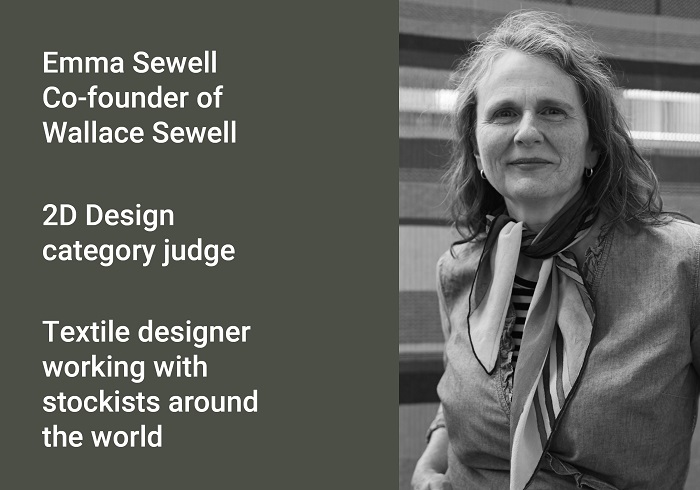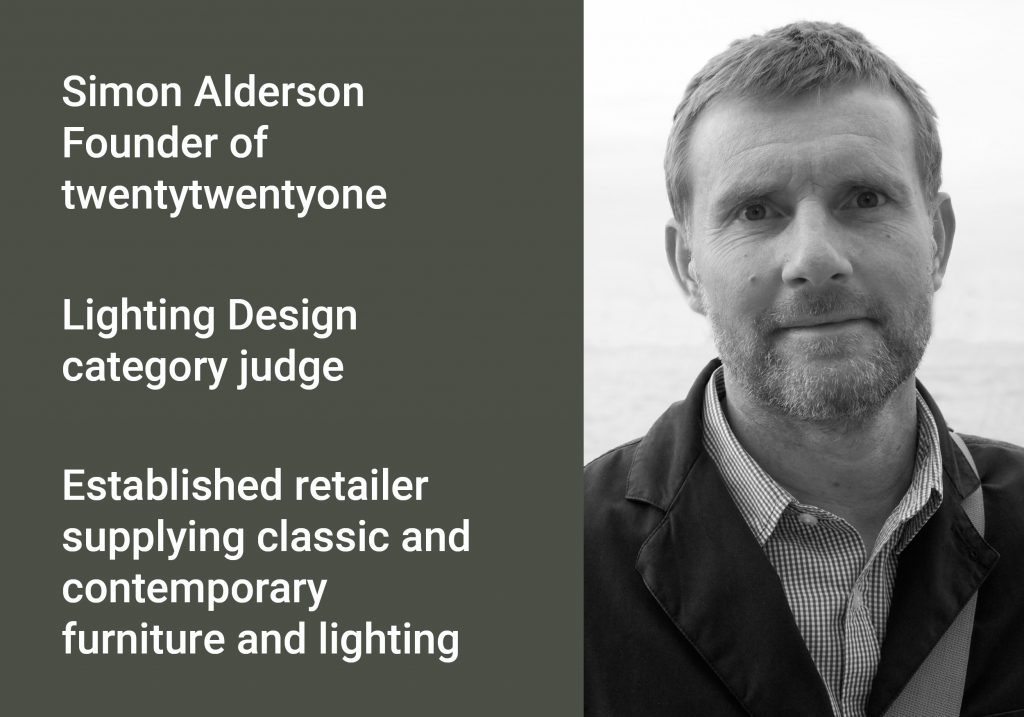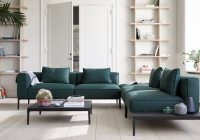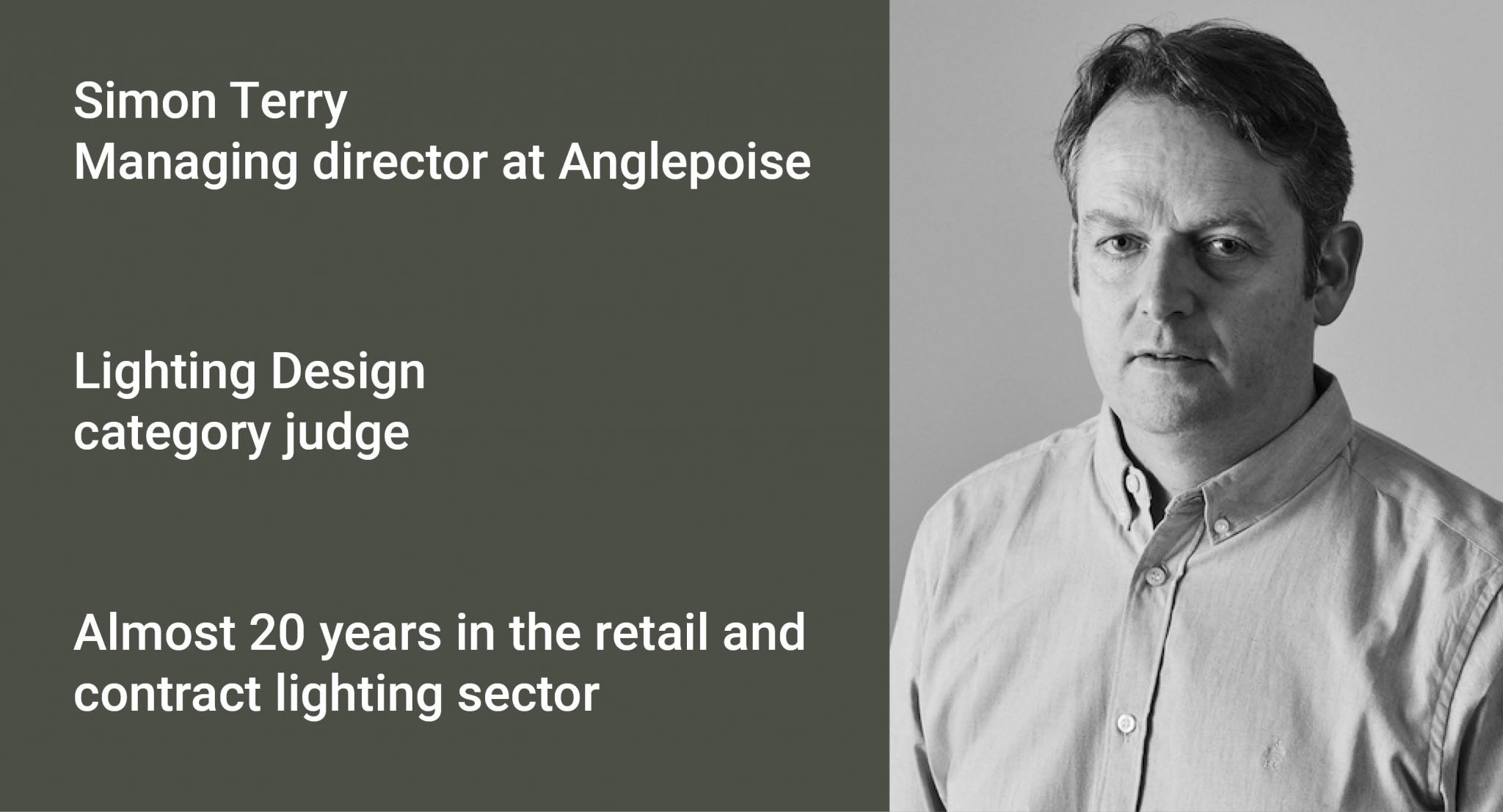
Anglepoise is a British brand that has become synonymous with timeless design.
So who better to call upon to join the Lighting Design category judging panel than the man responsible for transforming the company into a dynamic, design-driven business?
Under Simon Terry’s watch as managing director, Anglepoise has grown significantly, both in retail and contract sectors with significant exports around the globe.
We caught up with Simon to shine the light on his career to date.
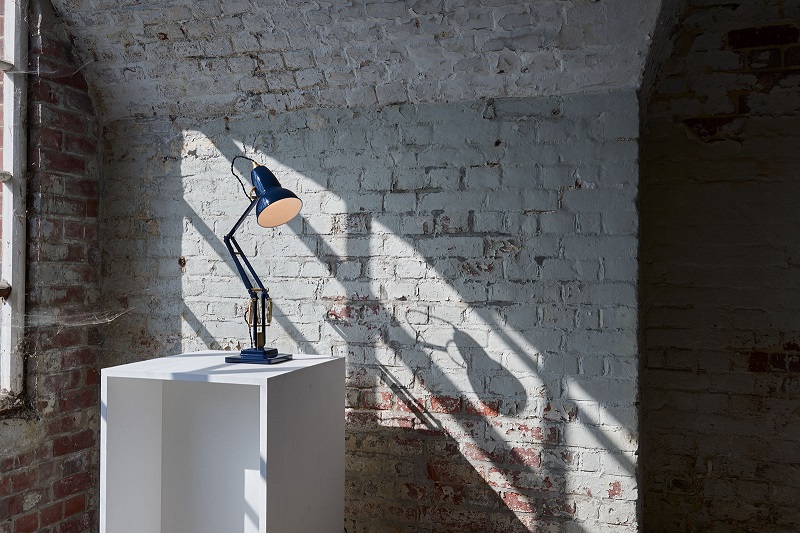
What first turned you on to a career in the design world?
Design has always been a big part of my life: I grew up with Anglepoise lamps in my house, by my bed and so that world has never been far from me. Deep down I always knew I would be involved in the family business in some way. I studied in the arts, performance and mixed media, which led to a career editing commercials for TV and then Visual Effects in the film industry, working on everything from the Bond movies through to the Nutty Professor. I had a ball, and worked with some amazing people but when the opportunity came to join my family business, I couldn’t wait to bring an iconic brand bang up to date. Design philosophy was at the heart of this and I turned to industrial design legend Sir Kenneth Grange to help us on this journey.
What inspires you?
As a business, we strive to do one thing well and we do this by knowing our strengths, understanding the value of what we do and what makes Anglepoise so enduringly popular with its legions of fans. I was reminded a couple of days ago by a new member of the team that it doesn’t matter whether the glass is half full or half empty, it’s always refillable. It’s a good point, we all have good days and bad days but neither should define us. I find inspiration comes from a great team, playing to their strengths and – always by way of a reminder for me – continuing to do that one thing well.
What does design excellence mean to you?
Great design solves a real problem. Pure and simple. Great designs ask the ‘why?’ question again and again until you get to the true source of the problem or opportunity. Great designs become part of an ecosystem and not only are they built to last but they are also robust enough to withstand development and improvement, to keep them relevant and suitable.
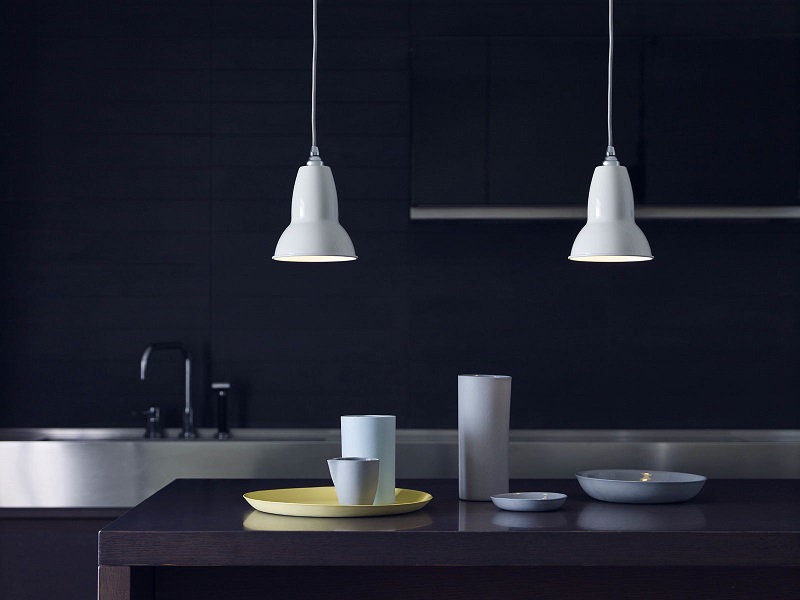
What outside factor is having the biggest impact on design at present?
There is no doubt it is the Greta movement as well as the broader Age of Responsibility that we have entered. We are all – rightly – asking those fundamental questions about our relationship with the planet, and whether we actually need a particular product in the first place. Need vs Want is challenging everyone’s choices and behaviours, giving designers and manufacturers not just food for thought but an outstanding opportunity to listen, put ego aside and do the right thing.
What trends are you noticing in lighting design at the moment?
One of the biggest trends in the lighting industry is around the right to repair. We are getting legislation around white goods in the EU, and there have been some fascinating court cases in the US on this subject. It’s a complicated area to resolve and keep all parties together but it requires new ways of thinking and collaborative working – it’s an interesting space for sure and one that I will be watching closely.
What are you hoping to see from the 2020 Design Guild Mark applications?
I would really like them to challenge light, and darkness. When do we need the light? Could a blind, window or a mirror offer a better solution? Could it be as simple as painting a surface a better colour. Will it be here in 50 years’ time, and still be just as relevant and purposeful? If recycled materials have been adopted, can they be recycled in the future or is it another example of a product that simply delays going into landfill.
On a lighter note, will it delight the people it has been designed for? Is it a product that will be cherished or that adds something in terms of usability?
For more information, go to anglepoise.com.


